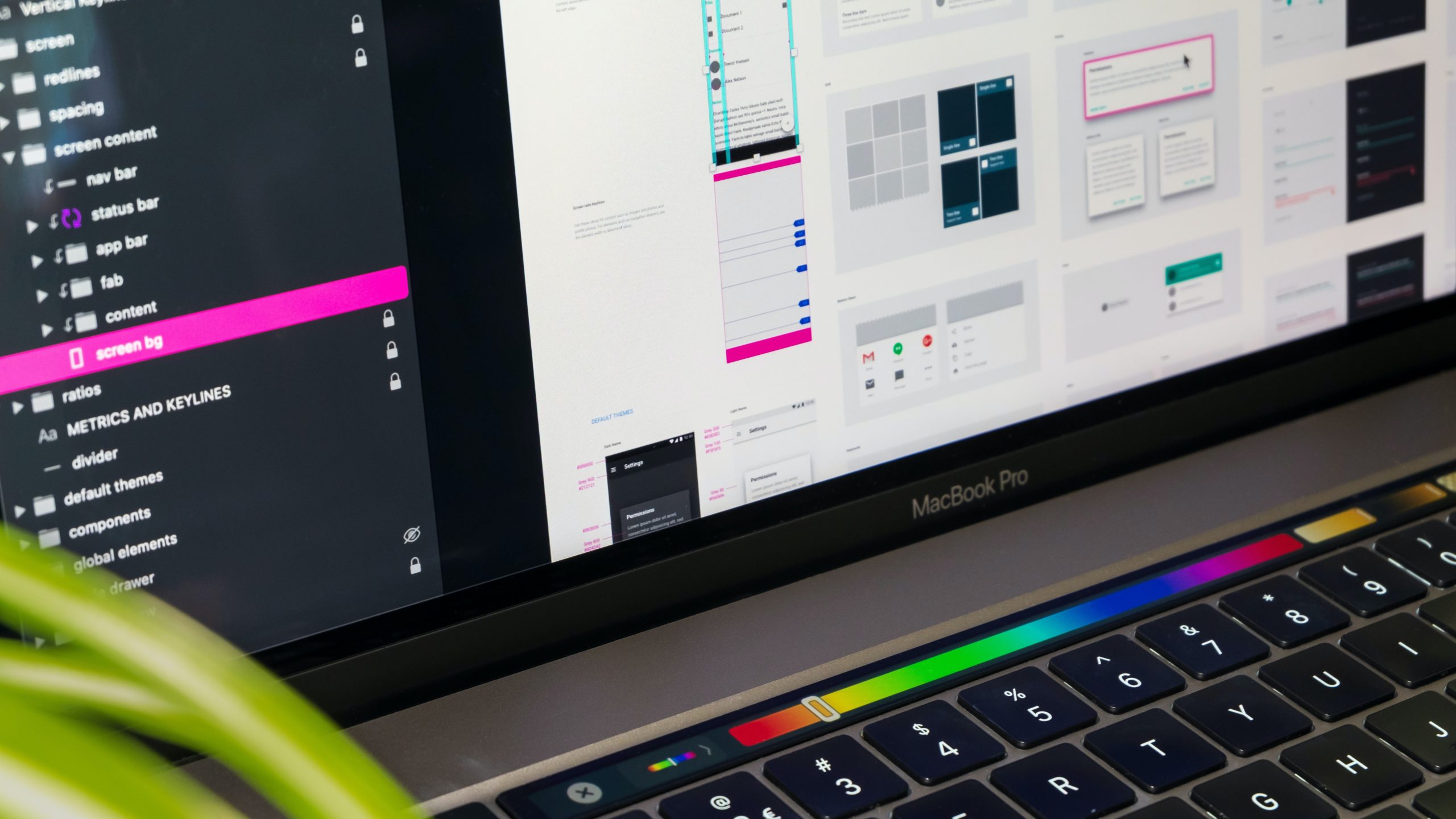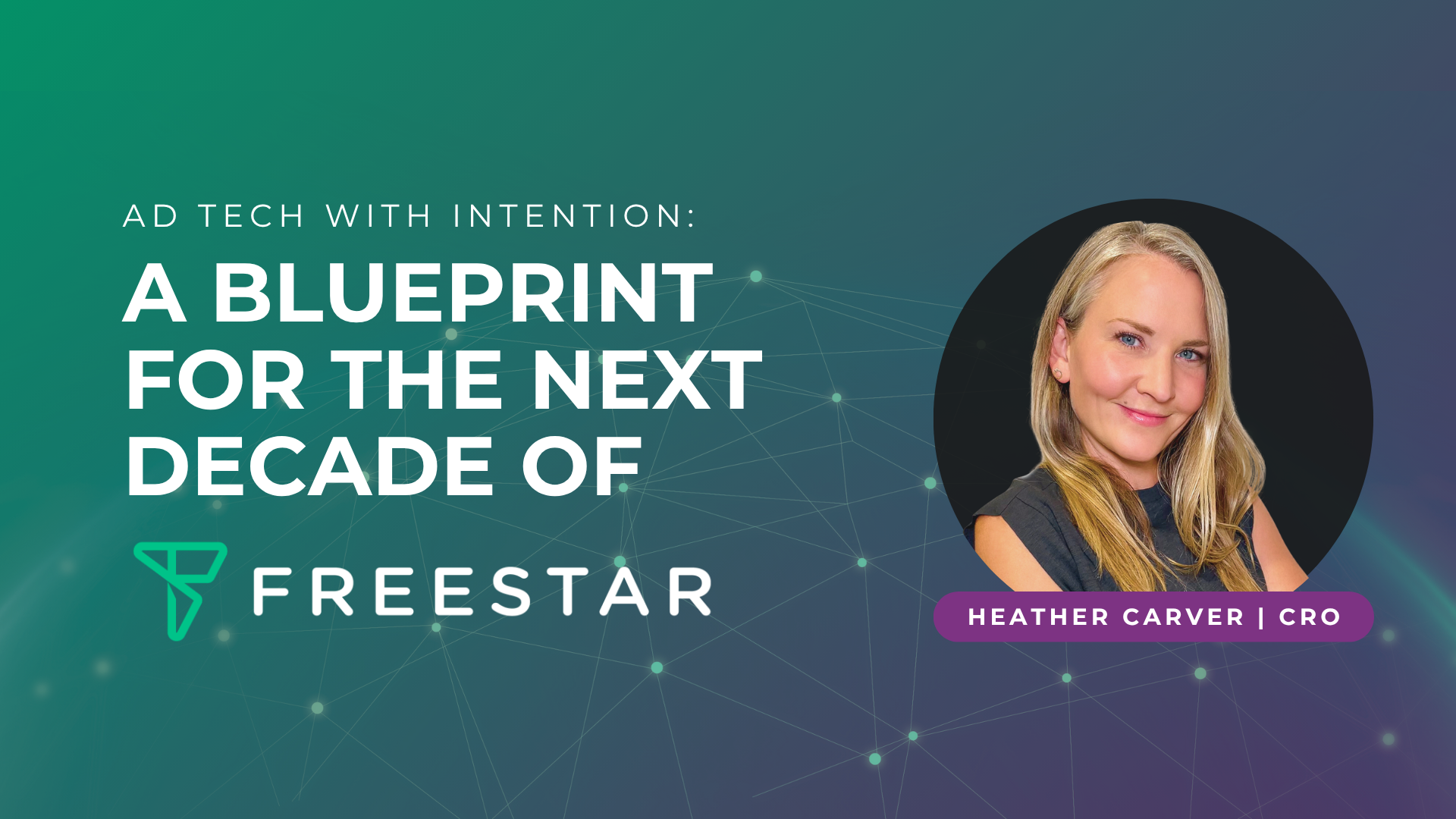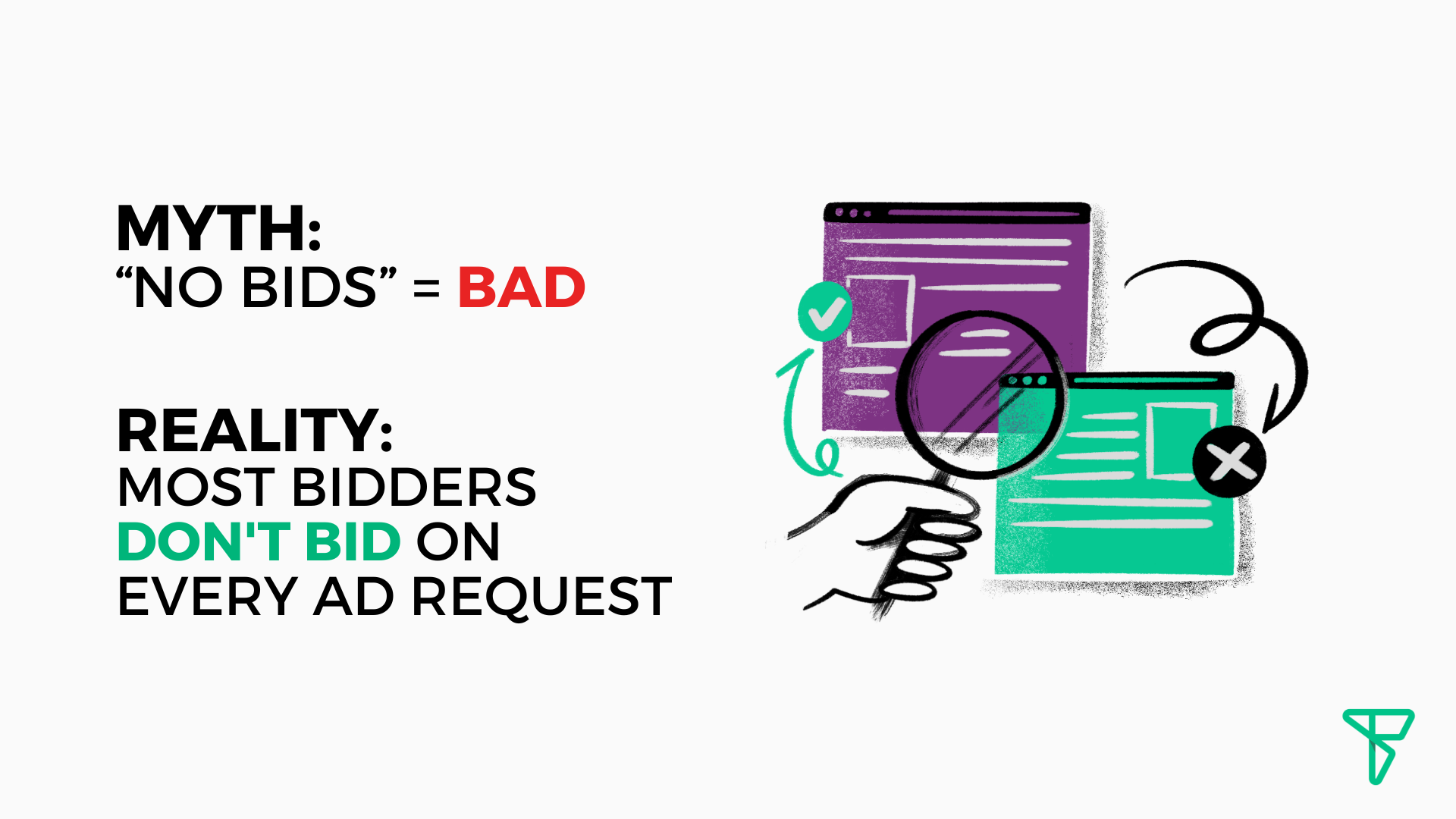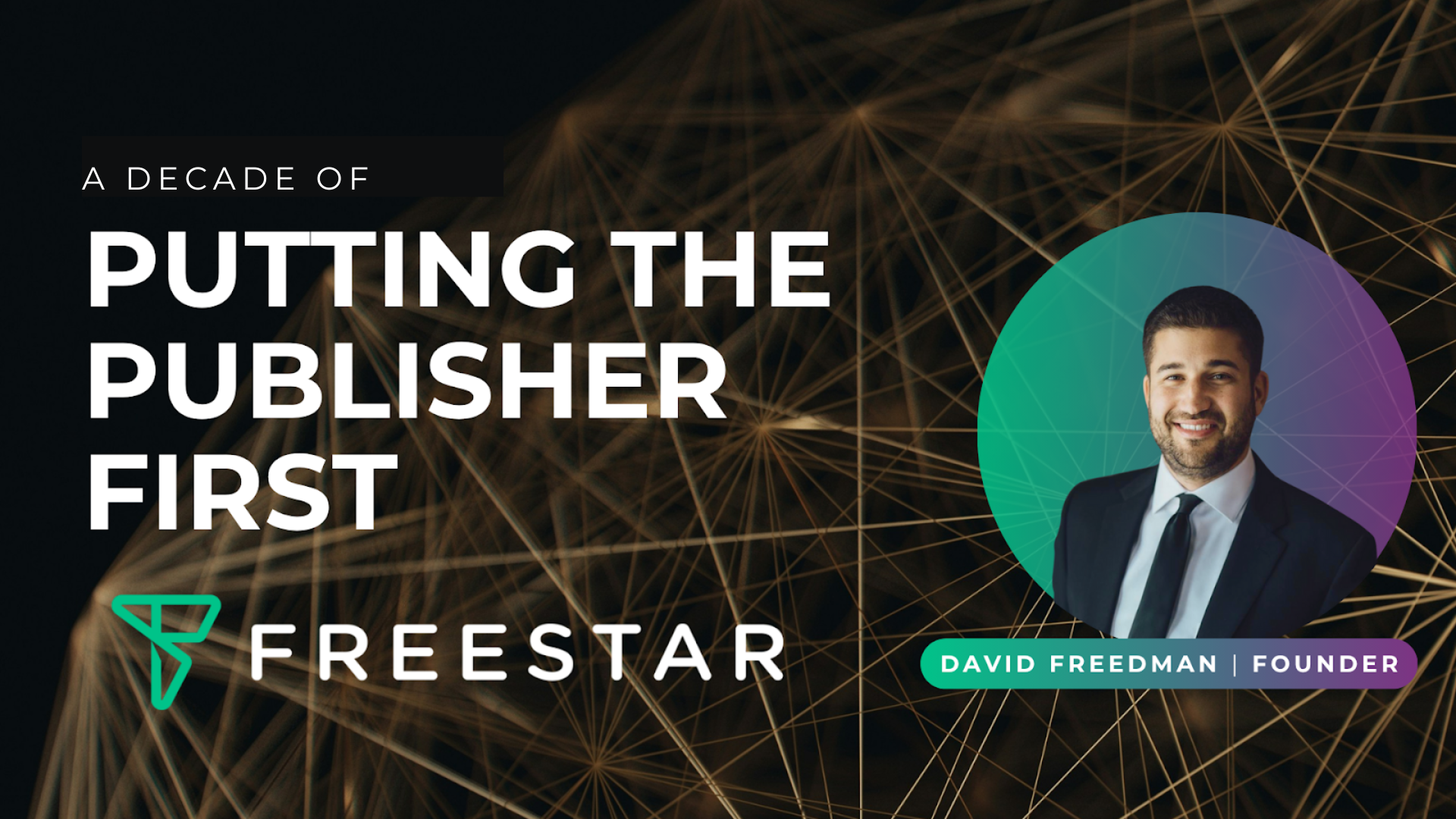By: Brian Weiss, Yield Manager
We decided to start off this blog with a little walk down memory lane. For those of our publishers who have been in the game for over a decade, this will bring back both nostalgia and painful memories. This industry has come a long way.
Brian’s Story:
It was October 2012 and I was age 20 with a website generating upwards of 220,000 video views per day from an organic audience I’d spent a half-decade developing when pre-roll video ads were first introduced into my revenue stream. In those days, organizing my display advertising “waterfall” (also referred to as daisy chain) took up the majority of my mornings.
So when my primary ad network (Break Media, RIP) brought me a pre-roll video campaign with a fixed $6.50 CPM and no frequency caps or limits, you can guess what happened.
Despite having grown a large user base of over 50,000 members, I didn’t think twice about having one 30-second pre-roll video ad run per video, even though many of the clips were under 1 minute in length.
“Early on, I didn’t have the discipline to maintain the balance between user experience and monetization.”
It was an incredibly lucrative time in my 20’s, and unfortunately, it was also painfully short-lived. In just one month my site’s recurring visitors dropped by 40% and even worse, my loyal users lost faith in the standard I’d set for user experience. It was a hard lesson to learn, but one which is proving incredibly valuable with so many ad formats available and new ad tech companies popping out of the woodwork with promises, predictions, and strong opinions founded in their own self interests.
It’s experiences like this that have turned me into the paradoxical Yield Manager.
The Typing, Scrolling Yield Manager Paradox
A yield manager who is overly cautious about user experience is a contrarian, but the same goes for an SEO consultant who guides a publisher to record highs in revenue.
We advise publishers to fight the urge to develop a shortsighted, myopic focus on metrics like CLS and CPM as it only leads to impulsive decisions which can be prevented by leveraging the collective century of experience our Yield and Product teams have among them.
There is as much art as there is science when we navigate these waters. No two websites are truly the same, just as no two publishers are. We cater to your needs with our collective experience and try to navigate all of the unprecedented waters this industry faces.
Optimizing for Efficiency and Deadline Changes

Spoiler alert: Google has announced they are moving Core Web Vitals to Mid-June. That sounds like an opportunity to me. Here’s what I’d suggest you focus on:
As Freestar’s paradoxical Yield Manager and SEO Expert, I ask each of you to take the time to connect with your audience and rediscover the behavior of your audience. Ask questions, listen, and have enough empathy to simulate their experience on your site. You’ll be amazed at what you uncover from using a tool like CrazyEgg and/or HotJar to measure and anonymously record user sessions, scroll depth, and click/tap density.
Another area publishers are finding success is by redefining the way they interpret their Google Analytics data. When you know things like ad refresh, ad density per page, and your eCPM, you can easily find the recipe for consistent and scalable success within your editorial teams. There are likely more valuable topics to write about without changing the makeup of your editorial approach and philosophy.
According to Contentsquare’s 2020 Digital Experience Benchmark report of 7 billion user sessions, the Average Time on Page across industries is 62 seconds. That’s two impressions per in-view ad placement if you’re refreshing every 30 seconds.
Optimize for average time on page by creating thorough, engaging, and in-depth content which is comprehensive without being redundant. It’s this sort of thinking which yields just as high of returns as the number of ads on the page, or a specific ad unit. It also gets you to repeat users and helps build your readership.
We opt for a methodical approach which improves with testing and iterating. We know from historical data and experience that the rules can change at any time, and for that reason we build flexibility into our products which allows us to adapt rapidly to any change in the search landscape.
Stay Funky.
Sincerely,
Brian Weiss
Ft. Funk Works Team





